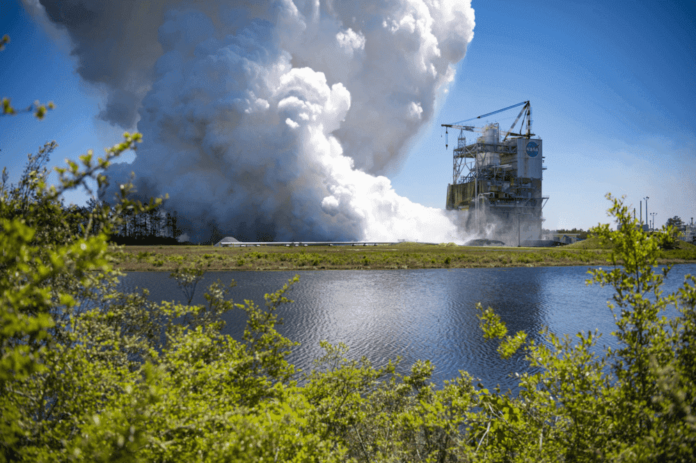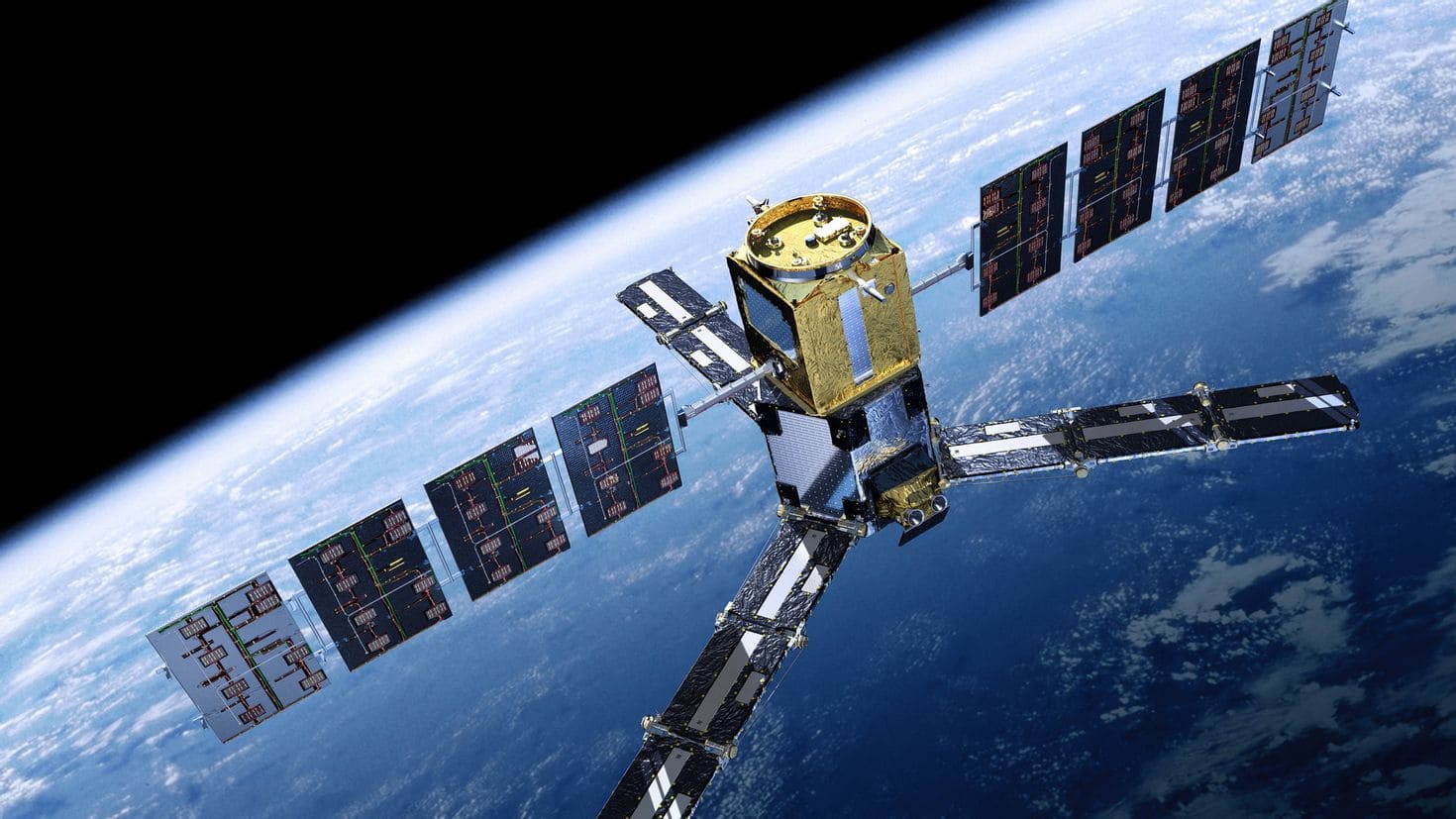The RS-25 liquid engines are designed for the Space Launch System (SLS) super-heavy launch vehicle and will be used in the Artemis lunar programme. NASA has made significant progress in their production. The US agency reported that the propulsion system has completed a series of 12 certification tests at the John Stennis Space Centre. The tests demonstrated that the system can operate at a high power level and that its components meet all Artemis requirements.
The final firing test of the RS-25 engine occurred on 3 April, during which the powertrain operated for 500 seconds. Technicians gained valuable performance data before the final certification of the RS-25. The engine has been burned 12 times since the beginning of October 2023.
RS-25 Test Project Manager Chip Ellis commended the entire test team for their dedication and unique skills that allowed them to stay on schedule and provide the performance data needed.
Completing the series of 12 tests is an important step for the RS-25’s lead engine supplier, Aerojet Rocketdyne, to certify production of the updated powertrain suite. NASA will use state-of-the-art technologies and processes, including 3D printing, to create the RS-25. Aerojet has been contracted by the US agency to supply 24 new engines for SLS launches as part of the Artemis missions, starting with Artemis V and ending with Artemis IX.
The team’s outstanding work in developing, implementing, and testing an upgraded version of the RS-25 has resulted in a 30% cost reduction for the Space Shuttle engine. The new RS-25 engines were tested at extreme power levels to ensure they can operate at the higher levels required for SLS. Mike Lauer, Aerojet Rocketdyne’s RS-25 program director, emphasized this.
Artemis II, III and IV missions will use the old version of the engines, while Artemis V will use a new modification with additional thrust. The RS-25 rocket engines run on liquid oxygen and hydrogen, similar to the units on the ‘shuttle’ from 1981 to 2011. The super-heavy lunar rocket SLS will have four engines installed. These engines will be launched simultaneously and will create a total thrust of over 700 tonnes during launch and approximately 900 tonnes during the climb.



